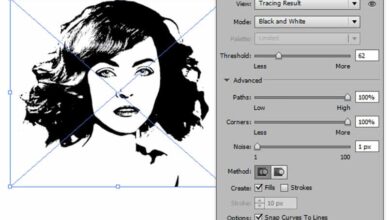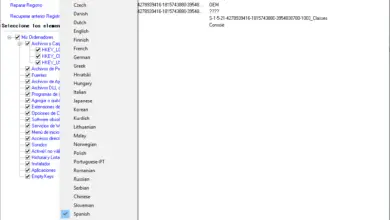Save RAM with These Tips for Google Chrome
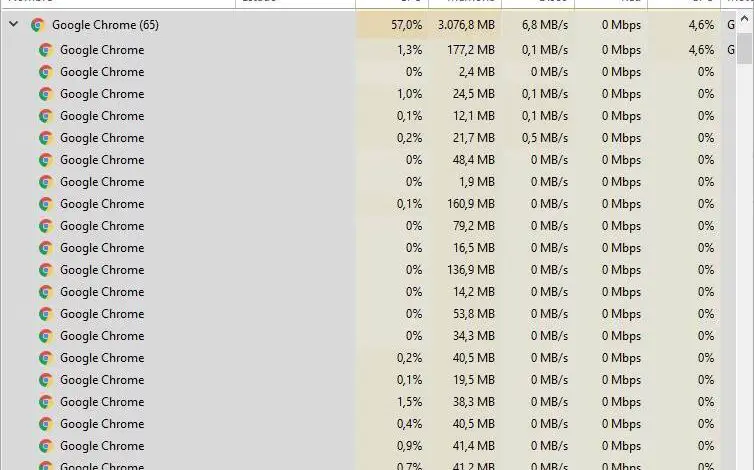
One of the most common issues for Google Chrome users is RAM consumption. Google's browser has always been characterized by “eating” RAM without limits or restrictions, consuming up to several gigabytes of memory, depending on what extensions and websites we have opened. Despite Google's attempts to reduce RAM usage in Chrome , the browser continues to consume too much. However, with a few tips and tricks, we will be able to save a significant amount of memory so that our PC will run better.
Which causes the browser to consume more RAM
It is true that the browser, on its own, does not consume exactly little memory. However, depending on how we set it up and how we use it, RAM usage can be easily triggered. And if we have a computer with little RAM, it can become a very serious problem.
From an updated Google Chrome, the RAM used by the browser can be triggered mainly for three reasons:
- Number of open tabs . When we open many tabs in our browser, they are loaded into RAM memory and as a result, they take up space. The more tabs we open, the more memory the browser will use.
- Number of open windows . We can open a Chrome window, and inside of it all the tabs we want, or open multiple browser windows. A window takes up more RAM memory than a tab, so if we open multiple windows, the memory usage will skyrocket.
- Installed Extensions . We cannot deny that using extensions in browsers is a very useful feature. However, this is one of the causes that is causing RAM consumption to skyrocket. Extensions are loaded into memory when we open the browser and also store a large amount of resources there over time. Therefore, the more extensions we install and the longer we use the browser, the more memory it will consume.
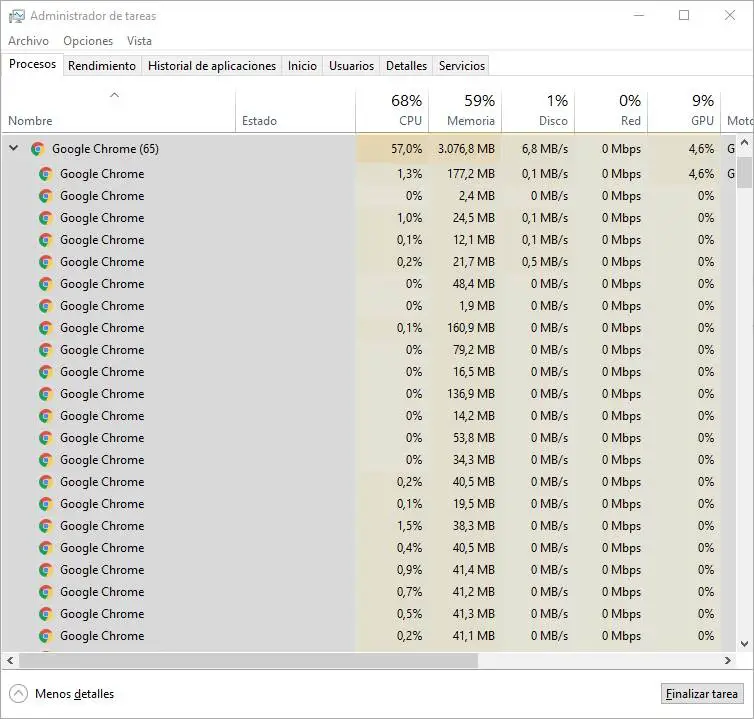
Fortunately, if we use our browser with common sense, we will be able to reduce the use of RAM.
Tips for saving RAM when using Chrome
The first piece of advice, and ultimately the most effective, is to pay attention to which pages we have open at all times. It is very comfortable to navigate with tabs, but it can cause that without realizing it we accumulate dozens of open websites, websites that we surely do not need. But they are there. Therefore, the first tip for reducing RAM usage is to close all tabs we don't need , leaving only those with which we let's work. So, in addition to better controlling the browser, we can free up a significant amount of RAM.
Another important tip for saving memory in Chrome is to use fewer extensions . As we said before, extensions are very useful, but also dangerous for performance. The fewer extensions we have, the better. We should also only install trusted extensions, with many positive scores. If we don't, we could end up installing a malicious extension that uses our hardware to perform its own tasks (such as mining cryptocurrency), which consumes resources.
It can also help us reduce RAM usage by scanning our PC for malware. Beyond scanning the PC for viruses, we can use anti-malware, such as than AdwCleaner, to detect possible malware that may interfere with the proper functioning of the PC. And, in addition, it will also allow us to reset the settings of proxy, winsock, TCP / IP, firewall and hosts files.
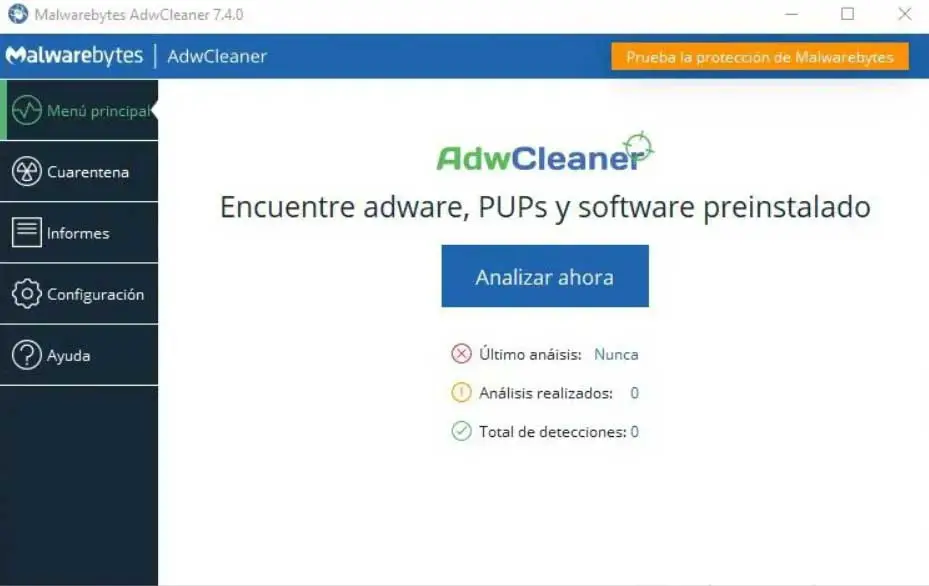
Of course, we have to make sure that we always use the latest version of google chrome . Each update, in addition to fixing errors and vulnerabilities, usually brings optimizations and improvements, so having the browser up to date will help us consume less.
Finally, if Google Chrome is still consuming a lot of RAM, we can try two more options. The first is from create a new user in the browser that allows us to start from scratch, and the second is to uninstall completely Chrome and reinstall the latest version. Or, for that matter, try a new web browser, like Edge or Firefox.
Configure Chrome to use less RAM
In addition to the tips above, there are some settings that allow us to make the browser consume much less memory while we are using it, even without having to install other extensions.
Hardware acceleration
The first of these parameters is to enable hardware acceleration . This feature allows you to delegate certain tasks to the computer's GPU instead of loading them to the CPU. In doing so, in addition to running much faster, Chrome will consume less RAM by not having to load information into it to send it to the processor.
To activate this feature, we write the following in the address bar and we will activate the switch that appears highlighted.
chrome://settings/?search=aceleracion+por+hardware
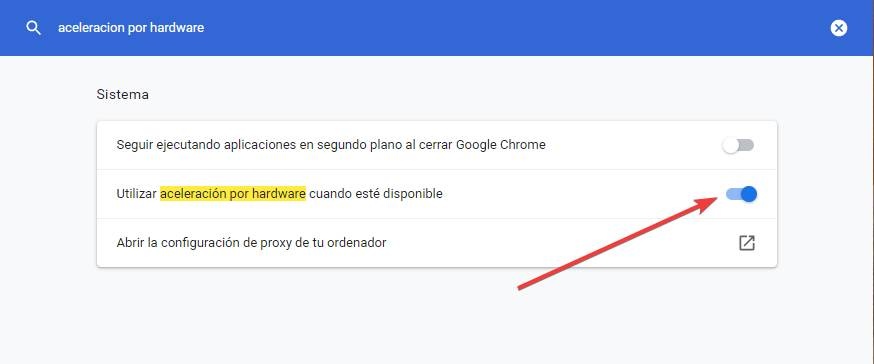
We can check the status of this acceleration by typing "chrome: // gpu /" in the address bar. The entries that appear as “Hardware acceleration” will be the ones that use this hardware acceleration, and therefore less CPU and RAM will be used when browsing with them.
Site isolation
Another feature that causes the browser to consume a lot of RAM memory is the site isolation . This feature allows us to isolate the websites we visit so that they cannot access PC resources. This is a browser security measure, which is enabled by default, but causes every website we load to consume more memory.
We can disable it (although we do not recommend it) from the advanced browser settings. We just need to go to the URL we leave for you below, and mark the option “Disable Site Isolation” as “Enabled”.
chrome://flags/#site-isolation-trial-opt-out
We restart the browser and this feature will already be disabled. Although we are giving up a good security measure.
Clear cookies and cache
Another recommendation that can make our browser faster and more optimized is to periodically delete cookies, cache and temporary files . By deleting this data, all information generated while we were using the browser will be erased, and in addition to freeing up hard drive space, we will make Chrome consume less RAM.
To do this, we need to write the following in the address bar of the browser and enter the section "Clear browsing data":
chrome://settings/?search=borrar+datos+de+navegacion
Here we will see two sections. The first, basic, allows us to delete the most common temporary files from the browser, namely history, cookies and cache. The second of them, the advanced configuration, allows us to better choose the data we want to erase. And we can even leave the browser as new.
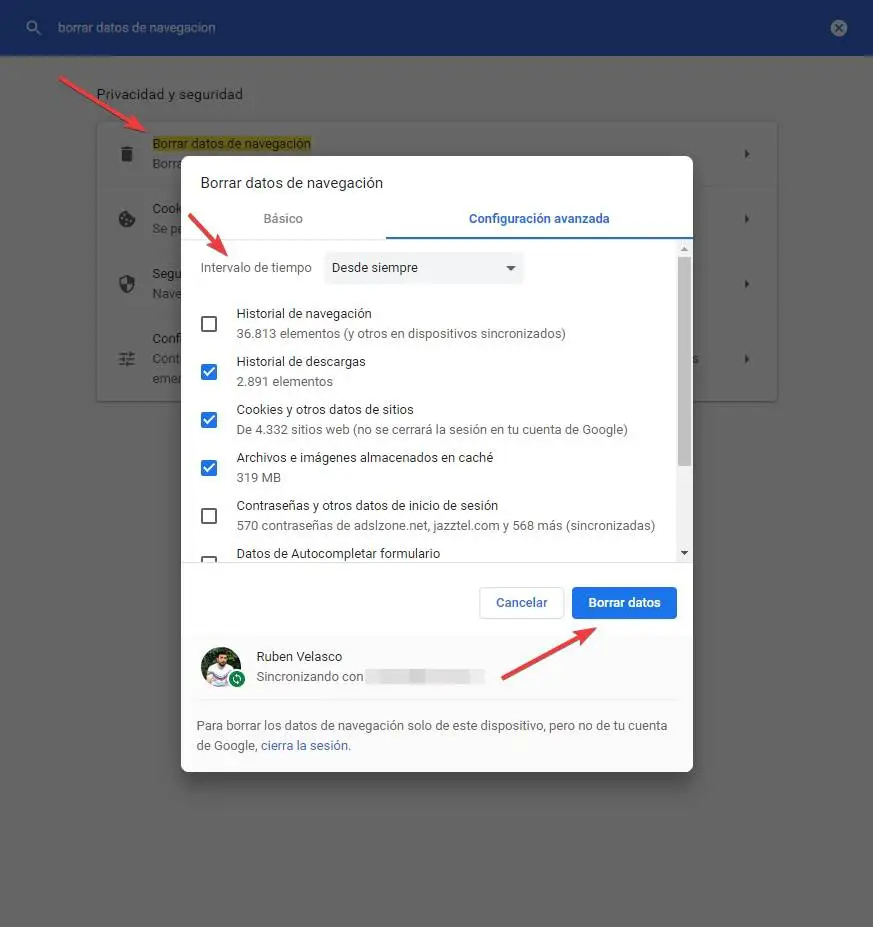
We select all the items that we want to remove from the browser, and then we will choose in "time interval" until we want to remove them. It is preferable to choose “Always” to delete all the data generated there.
We click on " Delete data " and that's all. Chrome will automatically delete all of this data from the browser, and from that point on we will be able to browse the internet better.
Extensions to save RAM
If with the previous tips we haven't had enough, we can also resort to using extensions designed to help us reduce RAM usage in Chrome. These extensions are mainly based on handling open tabs and therefore can be used in conjunction with the tips above to improve browser performance.
OneTab
It is one of the most popular Chrome RAM reduction extensions. This allows us to group all the tabs we have open into one, thus converting dozens of tabs into a list of all of them. The tabs will be removed from the memory and therefore we can free up to 95% of memory with this extension.
The large garter belt
This is another popular extension for saving memory while using Google browser. Thanks to it, we will be able to reduce the use of RAM in Chrome by suspending the tabs that we have not used for a long time so that your information is freed from memory. You can delete the entire page, or save a screenshot of it that allows us to see a thumbnail of the web state before the suspension. When we select the tab in question, it will automatically reload.
Add my tabs to favorites
This extension allows us to easily create groups of tabs so that with the press of a button we can group them all into one. This way we can have all the websites we want in one tab, saving the memory it would take to open them all at the same time.
Group your tabs
Similar to the previous one, this extension allows us to create custom groups of tabs that we want, either by our own selection, by domain, by search results or by other parameters. The selected tabs will be grouped together in the form of links in a tab, thus avoiding loading the pages in memory and allowing the browser to consume less and operate better.
Freeze tabs: an alternative to save RAM in Chrome
Despite everything, the use of RAM memory remains a very important problem for the browser. For this reason, Google looked for a way to sustainably reduce the use of Chrome resources. For this, the company has developed a system that will allow us to freeze, or suspend, the tabs in the background when we are not using them. The information in the memory of inactive tabs will be freed, and when we come back to it, it will be reloaded.
This feature works great with another: tab groups. In this way, Google Chrome is able to suspend entire groups of tabs when they are inactive, recovering them when we return to them. All of this, together with AI, helps the browser run better when memory is low. And best of all, we don't have to do anything.







